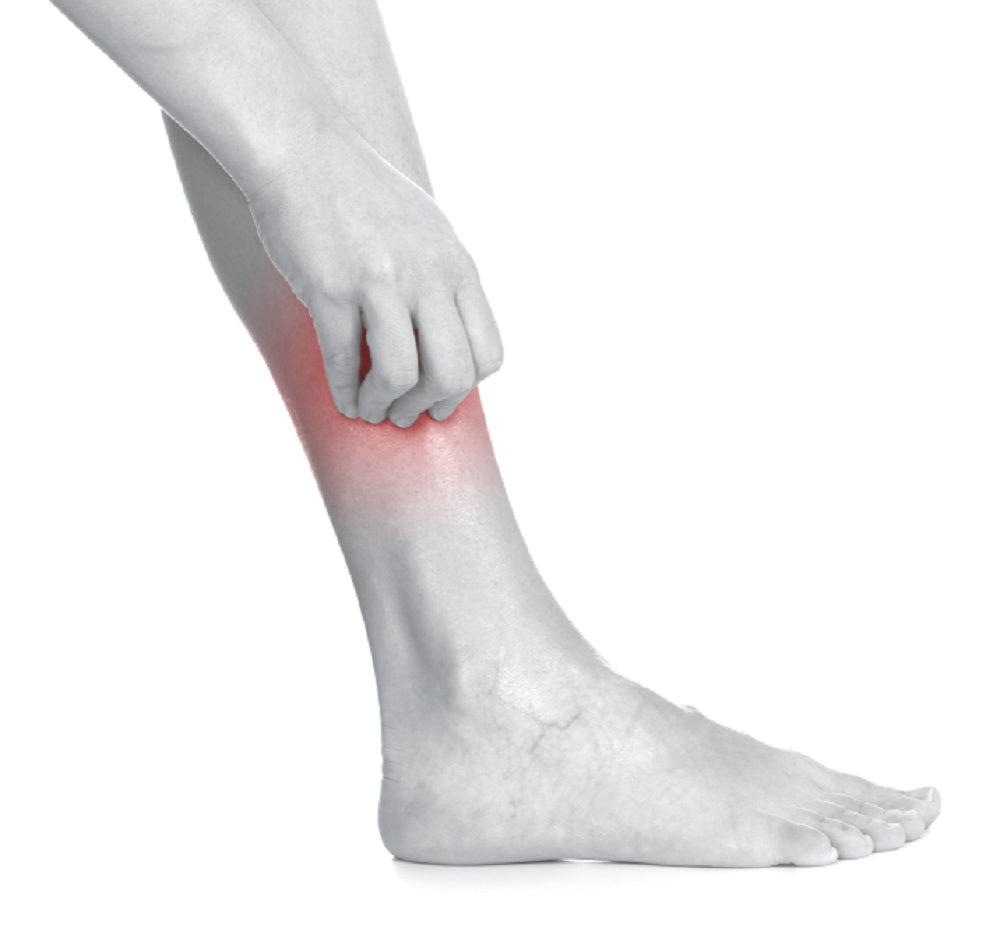Eczema - also called dermatitis - is a common skin problem that causes the protective layer of the body to become inflamed and red. Eczema is a chronic disease, the exact cause of which is probably genetics, but this cannot be said with certainty.
There are many types of eczema, but a few common symptoms have been noticed for all of them. For instance, itching is prevalent in almost all sorts of eczema, and can be very intense depending on the severity of the disease. Scaling is another common symptom caused by a flaky and dried surface. Here are the main types of eczema along with suitable treatment options.
Atopic Dermatitis
Symptoms
Atopic dermatitis is the most common type of eczema that starts appearing in infancy or early childhood. This may not always be so because this type of eczema has been observed in adults as well. Atopic dermatitis mostly affects the skin on hands, feet, elbows, knees and the face. If you constantly scratch the affected areas, the skin can become thickened, reddened and may become prone to infection.
Causes
Atopic dermatitis appears in people suffering from hay fever or asthma. These patients generally have a family history of hay fever, asthma and eczema. In other situations, atopic dermatitis can be caused by poor functioning of the skin barrier, which provides germs an easy entry in to the body and allows moisture to escape.
Risk Factors
There are a few things that can worsen with atopic dermatitis if they are not avoided. For instance, if you use soap or wear rough or hard clothes, your symptoms can increase and become more serious. The same goes for a few household chemicals, dust mites and some food.
Treatments
Steroid ointments and creams
Lubricating and moisturizing products
Drugs that affect the immune system and improve its functioning
Antibiotics for curing the infection
Light therapy usually based on ultraviolet light
Contact Dermatitis
Contact dermatitis can be further divided into two main classes: irritant dermatitis and allergic dermatitis.
Causes
Both types of contact dermatitis are observed when the skin suffers damage from an external substance such as chemicals. Contact dermatitis can also be caused by washing the hands frequently. Generally, irritant contact dermatitis appears when a strong irritant is touched or when a person repeatedly comes into contact with a mild irritant. On the other hand, contact dermatitis develops when an allergy trigger is touched such as cosmetics, poison ivy and nickel.
Treatments
Skin moisturizers
Steroid medications In case of allergic contact dermatitis, steroid drugs can also be prescribed. These can either be directly applied onto the skin or taken in the form of a pill.
Antibiotics for treating and preventing infection
Dyshidrotic Dermatitis
Dyshidrotic dermatitis mostly affects the hands and feet. In the initial stages, a person feels itchy, which is followed by the appearance of blisters. If the disease is not diagnosed and treated, blisters can turn into scaly patches and deep cracks. The conditions can induce severe pain, and the patient feels uncomfortable.
Cause
The cause of dyshidrotic dermatitis is not known.
Treatment
Steroid drugs
Light therapy based on ultraviolet A exposure. Psoralen may also be prescribed along with this.
Wet and cool compress.
Nummular Dermatitis
Nummular dermatitis has been found more in males than females. In males, it appears after age 50, and in females it has been observed as early as the teenage years or early adulthood. In this type of eczema, coin-shaped marks appear on the skin mostly on the legs, hands, arms, lower back and hips.
Risk Factors
The exact cause of nummular dermatitis is not known, but research has identified risk factors that can worsen the condition.
Dry and cold air
Contact or exposure to certain chemicals such as formaldehyde and metals like nickel
Using a moisturizer on the skin after a warm shower or bath
Steroid ointments and medications, which may either be taken orally or injected into the body
Stasis Dermatitis
Stasis dermatitis is a rare type of eczema.
Causes
Stasis dermatitis is caused when the veins of the leg do not properly transfer blood back to the heart.
Treatments
Steroid creams
Moist compresses
Keeping the legs in an elevated position
Looking for 100% chemical-free, all-natural nourishing face and body oils? Check out Earth & Elm Nourishing Face Oil and Earth & Elm Nourishing Body Oil. Subscribe to our Trusted Health Club newsletter for more information about natural living tips, natural health, oral health and skincare. If you are looking for more health resources make sure to check out the Trusted Health Resources list.
Reviewed By:
Founder Ray Spotts has a passion for all things natural and has made a life study of nature as it relates to health and well-being. Ray became a forerunner bringing products to market that are extraordinarily effective and free from potentially harmful chemicals and additives. For this reason Ray formed Trusted Health Products, a company you can trust for clean, effective, and healthy products. Ray is an organic gardener, likes fishing, hiking, and teaching and mentoring people to start new businesses. You can get his book for free, “How To Succeed In Business Based On God’s Word,” at www.rayspotts.com.




